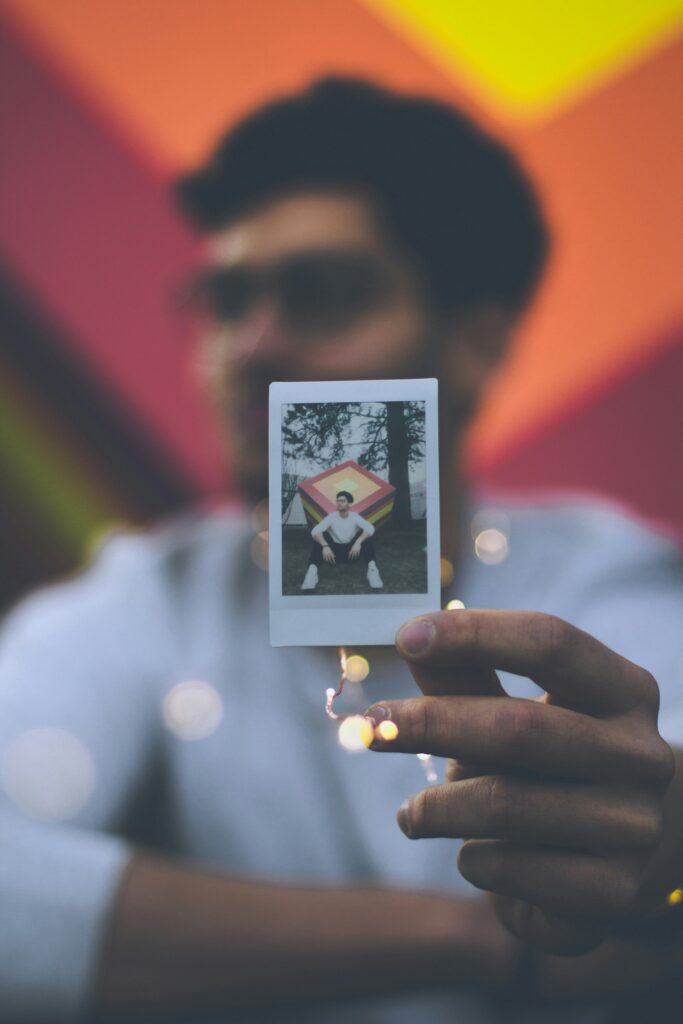
Dr. Gabriel’s research in this area has looked at the flexibility of the self-concept. It looks at how thinking of the self as “we” is very different than thinking of the self as “me.” It looks at how our thoughts about ourselves change our relationships and how our thoughts about our relationships change ourselves.
All PDFs are available on the Publications page. The following are a representative sample.
- Poulin, M., Minestro, L., Morrison, D., Mei, L., Zedomi, N., Finnerty, K., & Gabriel, S (in press). Trait Mindfulness and Prosocial Behavior: The Moderating Role of Self-Construals and Individualism. Mindfulness.
- Gabriel, S, Young A. F., Naidu, E., Schenider, V. (2023). How Parasocial Relationships Affect our Self-Concepts. Handbook of Parasocial Experiences. Rebecca Forster Ed.
- * Paravati, E. , Gabriel, S. Valenti, J., Valent, K., & Buffone, A. (2022). Social Comparison, Parasocial Relationships, and Attachment Style: How and When do Celebrities Improve Self-Liking? Journal of Social Psychology, Nov 24:1-12. doi: 10.1080/00224545.2022.2149385
- * Naidu, E., Paravati, E., & Gabriel, S. (2022). Staying happy even when staying 6 feet apart: The relationship between extroversion and social adaptability. Personality and Individual Differences, 190. 111549. 10.1016/j.paid.2022.111549.
- Poulin, M., Ministero, L., Gabriel, S., Morrison, C., & Naidu, E. (2021). Minding Your Own Business? Mindfulness Decreases Prosocial Behavior for those with Independent Self-Construals. Psychological Science, 32(11), 1699–1708. https://doi.org/10.1177/09567976211015184.
- * Paravati, E., Naidu, E., & Gabriel, S. (2021). From “love actually” to love, actually: The sociometer takes every kind of fuel. Self and Identity 20, 6-24. https://doi.org/10.1080/15298868.2020.1743750
- * Kondrak, C. L Seery, M. D., Gabriel, S., & Lupien, S. L. (2017). What’s good for me depends on what I see in you: Intimacy avoidance and resources derived from close others. Self & Identity, 16(5), 557-579.
- Seery, M. D., Gabriel, S., Lupien, S. P., & Shimizu, M. (2016). Alone against the group: A unanimously disagreeing group leads to conformity, but cardiovascular threat depends on one’s goals. Psychophysiology, 53, 1263-1271.
- Gabriel, S., Valenti, J., & Young, A. F. (2016). Watching, Reading, and Eating Your Way to Belonging: Symbolic Social Relationships and the Social Self. Advances in Experimental Social Psychology, 53, 189-243.
- * Young, A. F., Gabriel, S., & Schrager, O. (2014). Does This Friend Make Me Look Fat?
- Appearance-Related Comparisons within Women’s Close Friendships. Journal of Basic and Applied Psychology, 36, 145-154.
- * Young, A. F. & Gabriel, S. (2013). Batman to the rescue! The protective effects of parasocial relationships with muscular superheroes on men’s body image. Journal of Experimental Social Psychology, 49, 173-177.
- Gabriel, S., Harris, B., Carvallo, M., & Troisi, J (2012). The Interconnected Self: The Social Individual is more than just Social + Individual, Social and Personality Psychology Compass, 6, 826-839.
- * Young, A. F., Gabriel, S. & Sechrist, G. (2012). The skinny on celebrities: Parasocial Relationships Moderate the Effects of Thin Media Figures on Women’s Body Image, Social and Personality Psychological Science 3, 659-666.
- Gabriel, S. & Young, A. F. (2011). Becoming a vampire without being bitten: The Narrative Collective Assimilation Hypothesis. Psychological Science, 22, 990-994.
- * Jaremka, L. M., Gabriel, S., & Carvallo, M. (2011). What makes us feel the best also makes us feel the worst: The emotional impact of independent and social experiences. Self and Identity 10(1), 44-63
- * DeHart, T., Pelham, B. W., Fiedorowicz, L., Carvallo, M, & Gabriel, S. (2011). Including others in the implicit self: Implicit evaluation of significant others. Self and Identity 10(1), 127-135
- * Jaremka, L. M., Gabriel, S., & Carvallo, M. (2011). What makes us feel the best also makes us feel the worst: The emotional impact of independent and social experiences. Self and Identity 10(1), 44-63
- Gabriel, S., Kawakami, K., Bartak, C., Kang, S., & Mann, N. (2010). Negative self-synchronization: Will I change to be like you when it is bad for me? Journal of Personality and Social Psychology, 98(6), 857-871.
- Gabriel, S., Carvallo, M., Jaremka, L., & Tippin, B. (2008). A friend is a present you give to your ‘self’: Avoidance of intimacy moderates the effects of friends on self-liking. Journal of Experimental Social Psychology, 44(2), 330-343.
- * Derrick, J., Gabriel, S., & Tippin, B. (2008). Parasocial relationships and self-discrepancies: Faux relationships have benefits for low self-esteem individuals. Personal Relationships, 15(2), 261-280.
- Gabriel, S., Renaud, J., & Tippin, B. (2007). When I think of you, I feel more confident about me: The relational self and self-confidence. Journal of Experimental Social Psychology, 43(5), 772-779.
- Gabriel, S., Carvallo, M., Dean, K., Tippin, B. D., & Renaud, J. (2005). How I See “Me” Depends on How I See “We”: The Role of Attachment Style in Social Comparison. Personality and Social Psychology Bulletin, 31, 1561-157.
- Gardner, W. L., Gabriel, S., & Dean, K. K. (2004). The individual as “melting pot”: The flexibility of bicultural self-construals. Current Psychology of Cognition, 22, 181-201.
- Gardner, W.L., Gabriel, S., & Hochschild, L. A. (2002). When you and I are we, you are not threatening: The role of self-expansion in social comparison processes. Journal of Personality and Social Psychology, 82, 239-251.
- Gabriel, S. & Gardner, W. L. (1999). Are there “his” and “hers” types of interdependence? Implications of gender differences in collective and relational interdependence for affect, behavior, and cognition. Journal of Personality and Social Psychology, 77, 642-655.
- Gardner, W. L., Gabriel, S., & Lee, A. (1999). “I” value freedom, but “we” value belonging: Self-construal priming resembles cultural differences in judgment. Psychological Science, 10, 321-326.